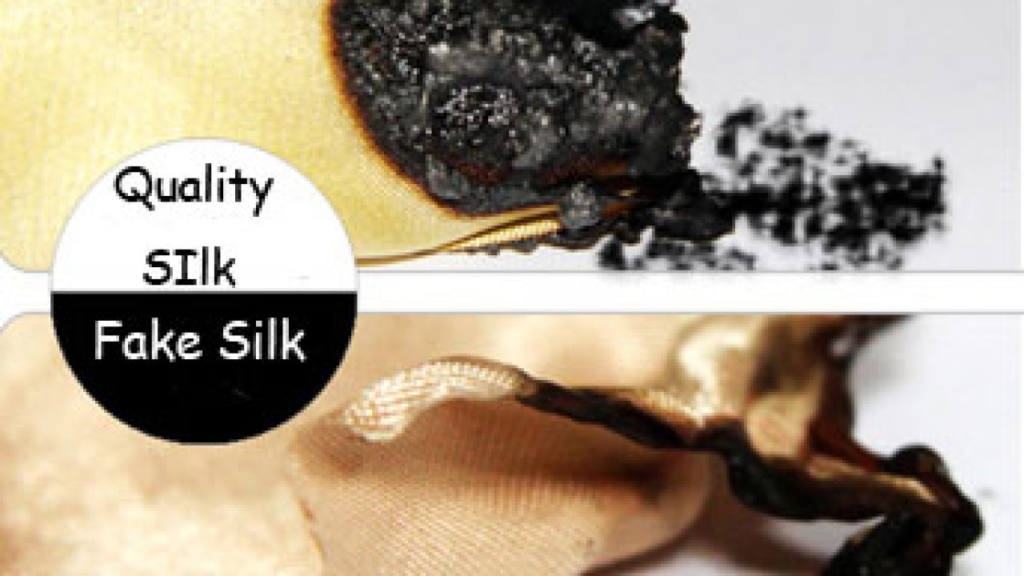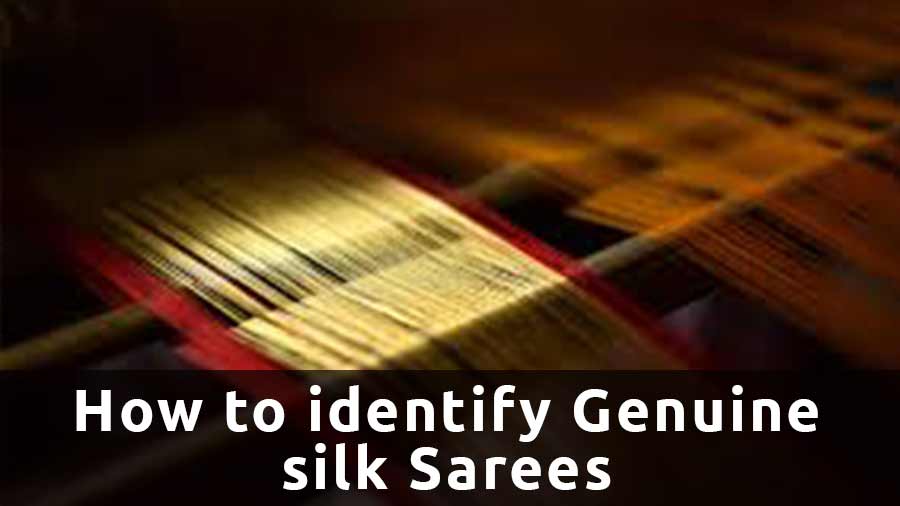Identifying Genuine Silk – Silk has always been revered for its luxurious feel and timeless beauty. However, in a world flooded with imitations, distinguishing between authentic silk and its counterparts can be challenging. In this comprehensive guide, we’ll unravel the secrets to identifying the originality of silk fabric and sarees, ensuring you invest in the real deal.
Champa, a city located in the Janjgir-Champa district of Chhattisgarh, India, has been actively involved in silk manufacturing. The region is known for its sericulture initiatives and contributes to the state’s silk production. Champa, along with other districts in Chhattisgarh, participates in the cultivation of silkworms, the harvesting of silk cocoons, and the production of silk threads and fabrics. The silk industry in Champa plays a role in promoting economic development and providing livelihoods for local communities.
Let’s embark on a journey to uncover the world of genuine silk.

The Beauty of Silk: A Fabric Like No Other – Identifying Genuine Silk
Silk’s allure lies in its natural sheen, smooth texture, and timeless appeal. It has been the choice of royalty and fashion enthusiasts for centuries.
The Pervasive Problem of Silk Counterfeits – Identifying Genuine Silk
The demand for silk has given rise to a flood of counterfeit products. These imitations mimic the appearance of silk but lack its inherent qualities.
Types of Silk: From Mulberry to Tussar – Identifying Genuine Silk
Not all silk is the same. Understanding the various types, such as Mulberry, Tussar, Eri, and Muga, can aid in identifying genuine silk.
Authenticity Markers: How to Identifying Genuine Silk
The Burn Test: A Reliable Silk Identifier

One of the most trusted methods for identifying real silk is the burn test. Genuine silk burns slowly, emitting a distinctive odor similar to burning hair and leaving behind fine ash.
The Rub Test: Feeling the True Silk Texture
Authentic silk possesses a unique texture—smooth, cool, and slippery. When you rub it between your fingers, it should glide effortlessly.
Visual Clues: Weave, Luster, and Patterns
Careful inspection of the fabric can reveal signs of authenticity. Genuine silk typically has a tight, even weave and a natural luster that’s hard to replicate.
Price and Source: Indicators of Authenticity – Identifying Genuine Silk
While not foolproof, the price and source of silk can provide valuable clues. Authentic silk is generally more expensive due to its labor-intensive production.
Caring for Your Precious Silk Possessions – Identifying Genuine Silk
To preserve the beauty and longevity of your silk items, proper care is essential. Always follow the care instructions provided by the manufacturer, and consider professional cleaning for delicate pieces.
FAQs: Your Questions on Genuine Silk
1. Can synthetic silk pass the burn test?
No, synthetic silk, such as polyester, will melt rather than burn in the burn test, and it won’t leave behind ash.
2. Are there silk blends with synthetic fibers?
Yes, some fabrics may be a blend of silk and synthetic fibers. In such cases, the burn test may not be conclusive.
3. Do all genuine silk sarees have a high price tag?
While authentic silk is generally more expensive, regional variations and craftsmanship can impact the price.
4. How can I remove wrinkles from my silk saree?
Use a steamer or a cool iron with a pressing cloth to gently remove wrinkles from silk sarees.
5. Can silk sarees be hand-washed?
Many silk sarees are delicate and should be dry-cleaned. However, some may be suitable for hand-washing; always check the care label first.

